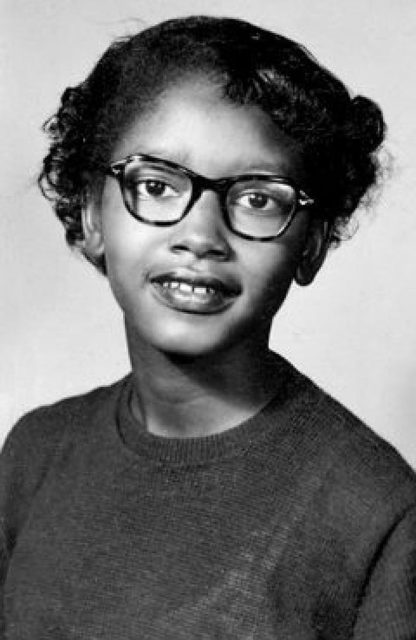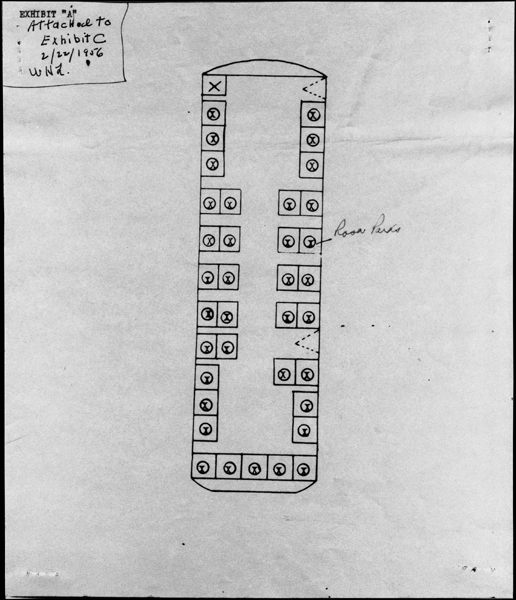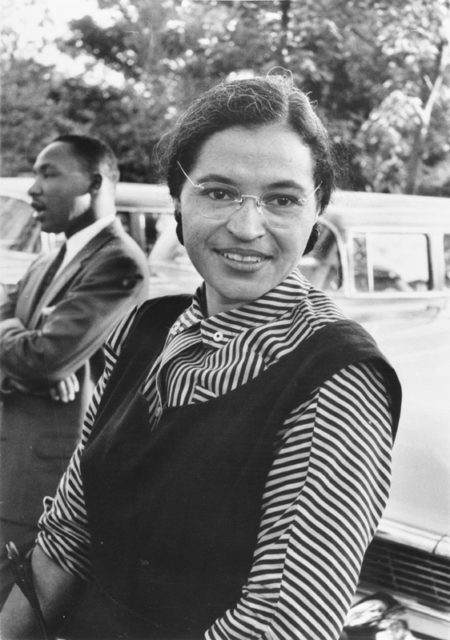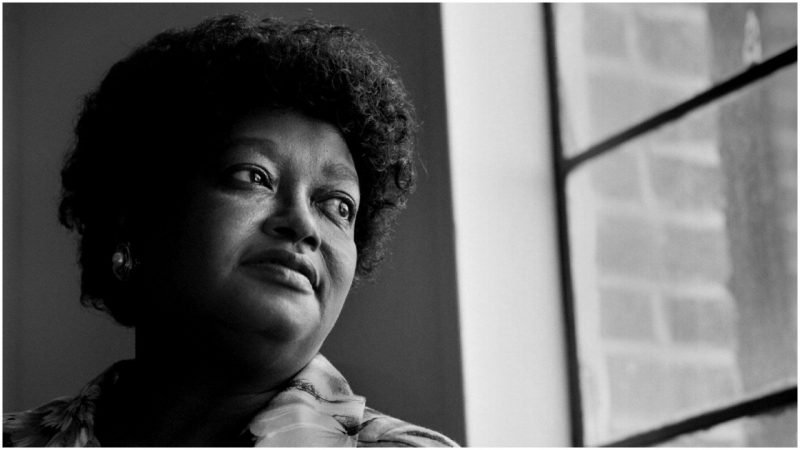The first and most significant demonstration against segregation in America is considered the Montgomery Bus Boycott, which took place from 1955 to 1956. African Americans opposed the segregated seating in the city buses in Montgomery, Alabama, inspired by the courageous Rosa Parks, who in 1955 refused to hand over her seat to a white man. The rage of the people over Parks’ experience turned into a boycott.
Parks’ action was followed by an arrest and a big fine. The boycott commenced on the day of her hearing and ended 380 days later. The U.S. Supreme Court ordered Montgomery to end its segregated bus system, and Martin Luther King, Jr. became a national leader. What is not as well known is that nine months before Parks’ “no,” a 15-year-old-girl named Claudette Colvin did the same. Colvin was arrested as well.
In an interview with Democracy Now, Colvin recalled that learning about African-American history in school inspired her action. “I could not move, because history had me glued to the seat. It felt like Sojourner Truth’s hands were pushing me down on one shoulder and Harriet Tubman’s hands were pushing me down on another shoulder. And I yelled out, ‘It’s my constitutional right,’ because I wasn’t breaking a law under the state’s law, separate but equal; I was sitting in the area that was reserved for black passengers.

At that time, we didn’t even want to be called ‘black,’ because black had a negative connotation. We were called ‘coloreds.’ So I was sitting in the coloreds’ section. But because of Jim Crow law, the bus driver had police force, and he could ask you to get up. And the problem was that the white woman that was standing near me, she wasn’t an elderly white woman. She was a young white woman. She had a whole seat to sit down by—opposite me, in the opposite row, but she refused to sit down; because of Jim Crow laws, a white person couldn’t sit opposite a colored person. And a white person had to sit in front of you. The purpose was to make white people feel superior and colored people feel inferior.”
Reportedly, Colvin refused to get up after the demand of the young white woman. When the police came on the bus, they asked her simply why she was sitting where she was. Colvin called upon her constitutional rights, to which the police answered by physically attacking her, knocking her books out of her hand and kicking her before she was manhandled off the bus. They then handcuffed her and took her to an adult jail, where she stayed for three hours until her family came and bailed her out.

Many people have wondered why Colvin’s act didn’t inspire others to galvanize behind her and commence the protest movement in the same way they did for Rosa Parks only nine months later. Some of the speculations suggest that Colvin was pregnant at the time and so she was considered an inappropriate symbol for the rebellious act. However, Colvin rejected that notion, claiming that she wasn’t pregnant.

Undoubtedly, Claudette Colvin’s historic act did create outrage within her community, although her arrest was not as impactful as that of Parks.
Read another story from us: Segregation Story: Gordon Parks photos series from 1956 on exhibit now
However, it was deeply pivotal. This earlier incident is believed to have influenced and encouraged Parks and, later, Mary Nixon to stand up for their human rights, resulting in the boycott that was so catalyzing for African Americans all over the nation, as well as everyone who supported them.
